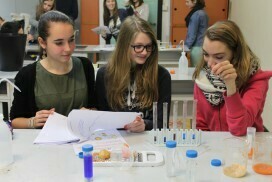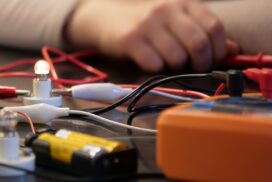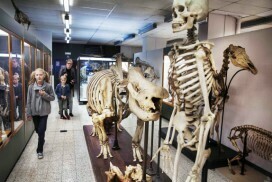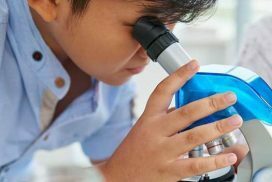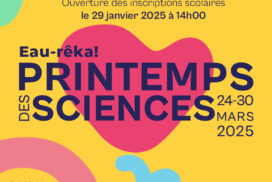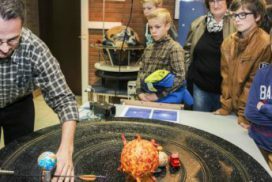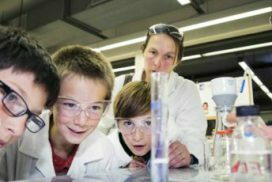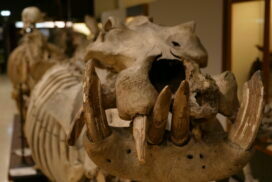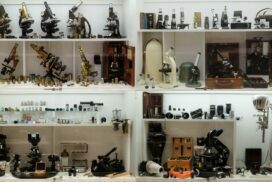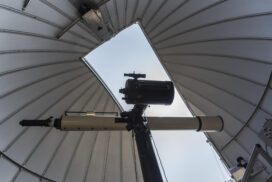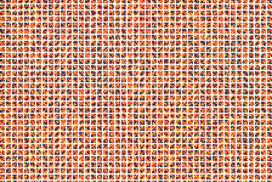Experiments were conducted in parabolic flights to study the influence of microgravity on the vapor cloud surrounding an evaporating liquid meniscus. Optical interferometry has been used to visualize and characterize the shape of the vapor cloud. The setup was designed and fabricated at the Transfers, Interfaces, and Processes (TIPs) Laboratory at ULB.
Team Head: Prof. Pierre Colinet
Coordinator: Dr. Sam Dehaeck
Technical Coordinator: Dr. Senthil Kumar Parimalanathan
Team Member: Dr. Metin Hatipogullari
Team Member: Dr. Alexey Rednikov
Team Member: Dr. Hatim Machrafi
Technical support: Mr. Herve Baudine
Transfers, Interfaces and Processes (TIPs) Laboratory
École polytechnique de Bruxelles, ULB
Objective:
To study the effect of microgravity on the vapour surrounding an evaporating liquid meniscus using optical interferometry
Experiment:
In the presence of gravity, a balloon filled with helium and a balloon filled with air behaves differently due to the difference in the gas density. Helium being lighter, the balloon rises, but the nitrogen balloon being heavy, it remains close to the ground. However, in microgravity, both the balloons rise. This is because the weight of the gas doesn’t matter anymore.
Imagine a drop of alcohol is deposited on a glass slide. Alcohols are usually volatile, so a vapor cloud surrounds the droplet quickly. However, we cannot use alcohol or any other flammable liquids for our space missions due to fire safety hazards. So, we use mostly water or a special engineering liquid called HFE (HydroFluroEther). Unfortunately, water evaporates very slow, and we cannot generate enough vapor (except if heated) for visualization within a short time for our tests. However, HFE comes in different forms with very similar chemical properties but different volatility.
Further, HFE is not flammable and insulating (accidental leakage into electrical circuits may not cause any harm). So all our experiments were conducted with HFE 7100, which is quite volatile. A significant amount of vapor can be seen surrounding a drop quickly. However, we are not interested in a droplet at this moment, but we will test a simple case of a vapor distribution above a meniscus in a vertical tube during microgravity.
The next question is, how do we generate microgravity conditions without going into outer space?
There are three main ways (click on the topic for more information):
- Drop Tower
- Sounding Rockets
- Parabolic Flights
Each method has its advantages and disadvantages. We choose the Parabolic Flights to have direct access to the experimental setup during the microgravity phase. In addition, we have at least 30 parabolas, which means we have 30*19 seconds of microgravity (but only 19 seconds for each parabola), allowing us to test various cases with different initial parameters.
Results:
A sophisticated test rig has been developed in the TIPs laboratory for this purpose. The test rig consists of a Zarges box comprising the experimental cell, optics, fluid circuits, etc., and a control console, as shown in the figure. During microgravity, all the processes have been automated with a button click. The experimental setup consists of a closed-cell with a long circular pipe welded to the center of a platform. An infusion pump injects a specified amount of liquid into the tube during the microgravity phase. As defined earlier, Mach-Zehnder interferometry has been employed to study the vapor distribution surrounding the liquid meniscus. A clear difference can be seen from the phase-wrapped interferometric images. The vapor clouds are more or less diffusing spherically (following the classical Fick’s law of diffusion) in microgravity, but it is instead very flattened when gravity is present.

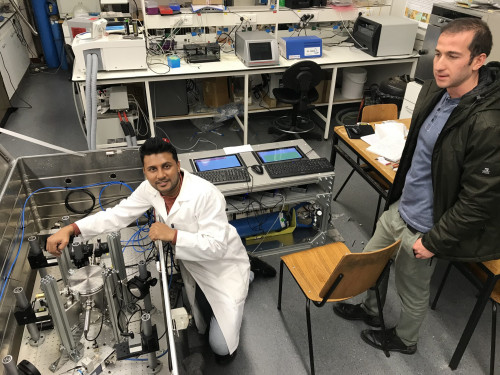

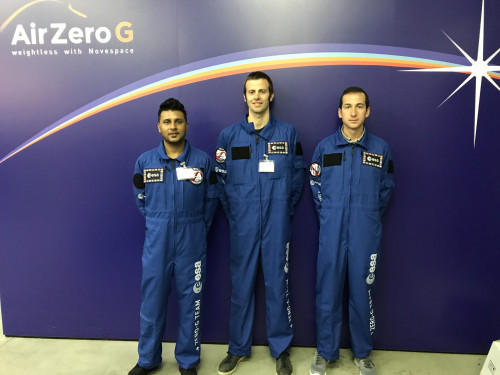
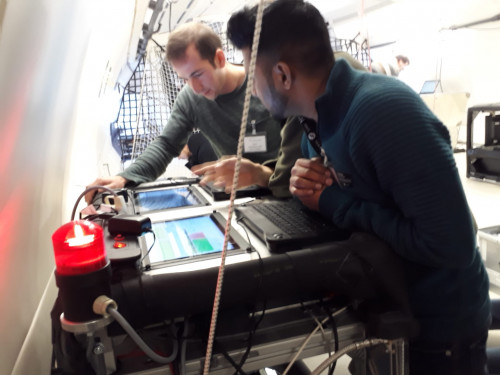
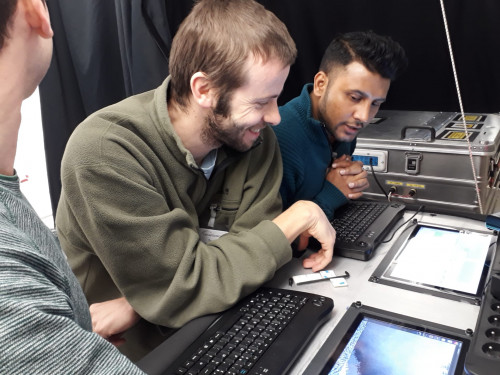
Cursus menant à ce type de recherches :
CHIM-H-402: Modeling and design of multiphase systems and reactors


